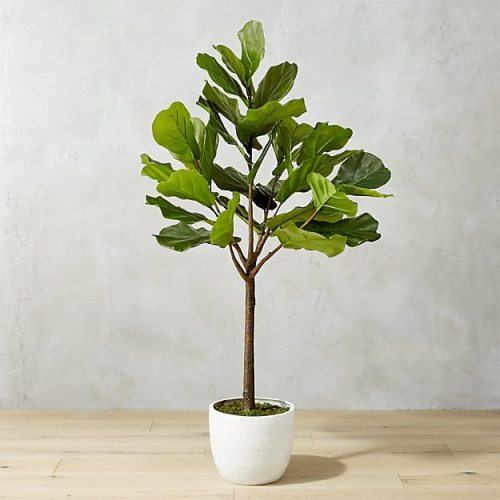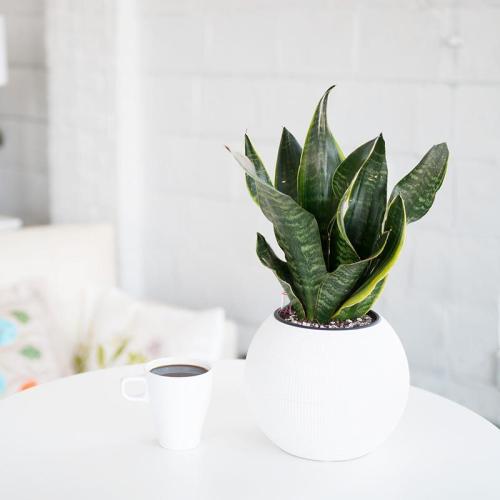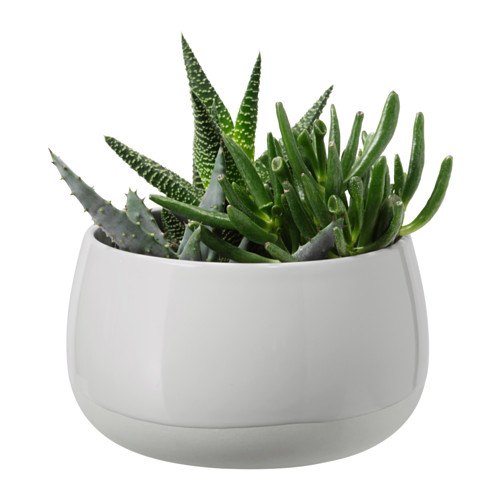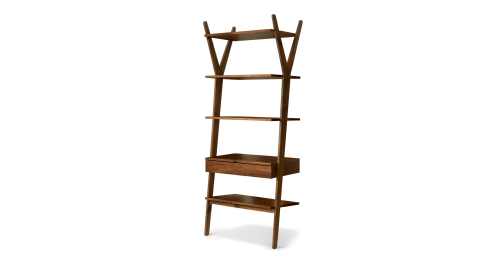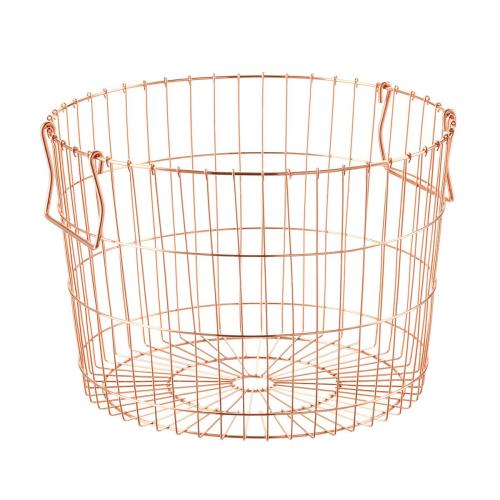At New York City’s MNDFL, “escape” is the operative word. Not only do their sessions help you spend an hour becoming more centered, but their three studios are like a mental and physical vacation from the city's madness—something everyone is deserving of.
“The transition of walking into a space, from what I call the 'New York hustle' [is key]," says interior designer Shelly Lynch-Sparks, the mastermind behind the studio’s Zen vibes. She intentionally created the space to help people feel calm following the rush to get to class, which in the world of train delays and bumper-to-bumper traffic is real.
"When we were working on the design, we really wanted to strip it down to these natural bases of things that really feel like nature into the space,” she explains, noting that people often associate meditation with being outdoors. "The spaces are so simple, but they're so complex because we really put thought into the way we laid out the stone or the tile and what kind of tile we used and keeping the neutral color palette which is so important.”
Since living inside a MNDFL studio permanently (and sadly) isn't possible, I asked Lynch-Sparks, who recently founded her own design firm, how to bring Om into the home.
Keep scrolling for her tips on making a meditative space in your home.
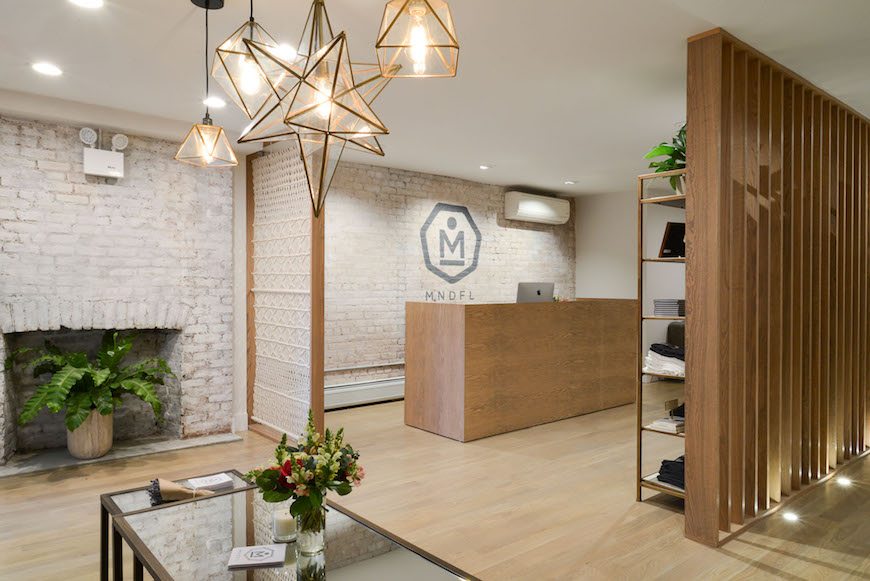
Keep it neutral
"The overwhelming feeling needs to die as soon as you walk into the front door, which I think we really tried to do with the color palette,” she explains. "Sitting down and making it as neutral as possible, so there aren't any loud elements that are attacking you.” The paint she used in MNDFL’s studios? “Calm,” by Benjamin Moore.

{{post.sponsorText}}
Bring on the nature
When it comes to creating a meditative space, neutrals and naturals go hand-in-hand. If you can’t decorate with a full-on plant wall, a la MNDFL, try to incorporate easy-to-buy plants, greenery, and succulents in addition larger design elements natural wood (Lynch-Sparks used white oak in the studios), which define the space without closing out the light.
Shop room-making plants
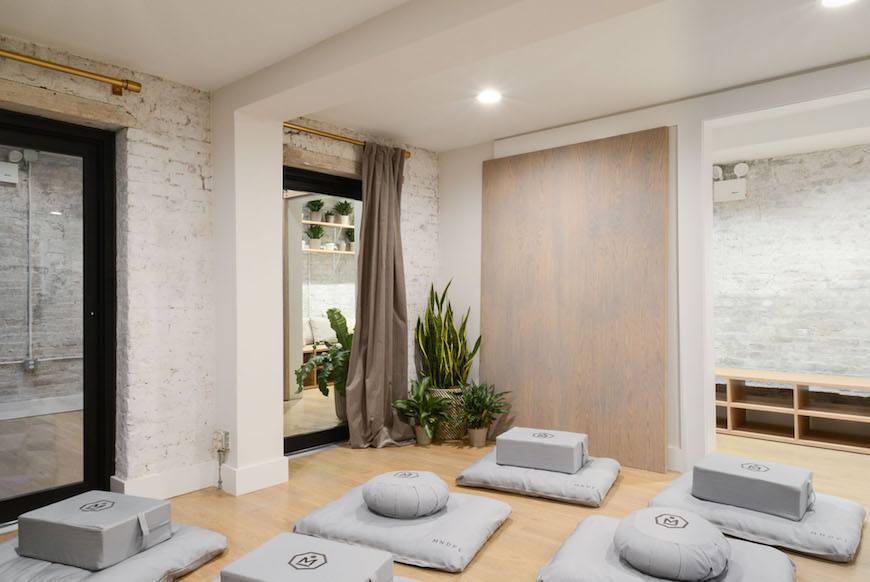
Create a space to decompress
In the same way MNDFL’s lobby invites people in to kick off their shoes and relax the minute they walk through the door, your home should have some sort of space that cues your body and mind that it’s time to turn off. Whether it’s on top of a yoga mat, in a reading chair, or in a Pinterest-worthy meditation nook, find a spot in your home that will help you decompress to take you out of your workday and—yes—away from your cellphone and laptop.
Control your lighting
Invest in dimmers for every room in your house—because lighting majorly impacts your mood. Full stop.
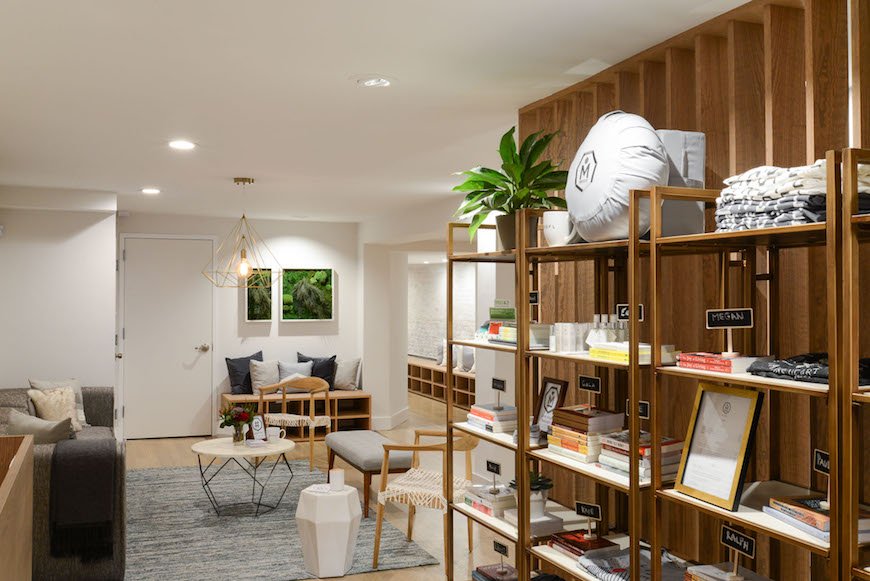
Accessorize with intention
The idea of "accessorizing with intention,” as Lynch-Sparks calls it, is based on the fact that your accessories should be more than just pretty things to look at. “Something that I love to do is bring a basket into a living room corner and fill it with throws so you can easily just grab one to curl up and watch a movie," she explains. "[You should look for things] that can obviously fill a space but also serve a purpose as well so it invites you to be cozy." She also incorporated open-air-space shelving that allowed the space to have room for storage, while feeling airy and open. You know, like you would after a 60-minute meditation.
Shop intentional storage solutions
Now that your space is ready for it, you're officially out of excuses as to why you "can't" meditate. First timers: Here's everything you need to get started, and an ultra-cozy bean-bag chair that will make you want to do it all day, every day.
Loading More Posts...
